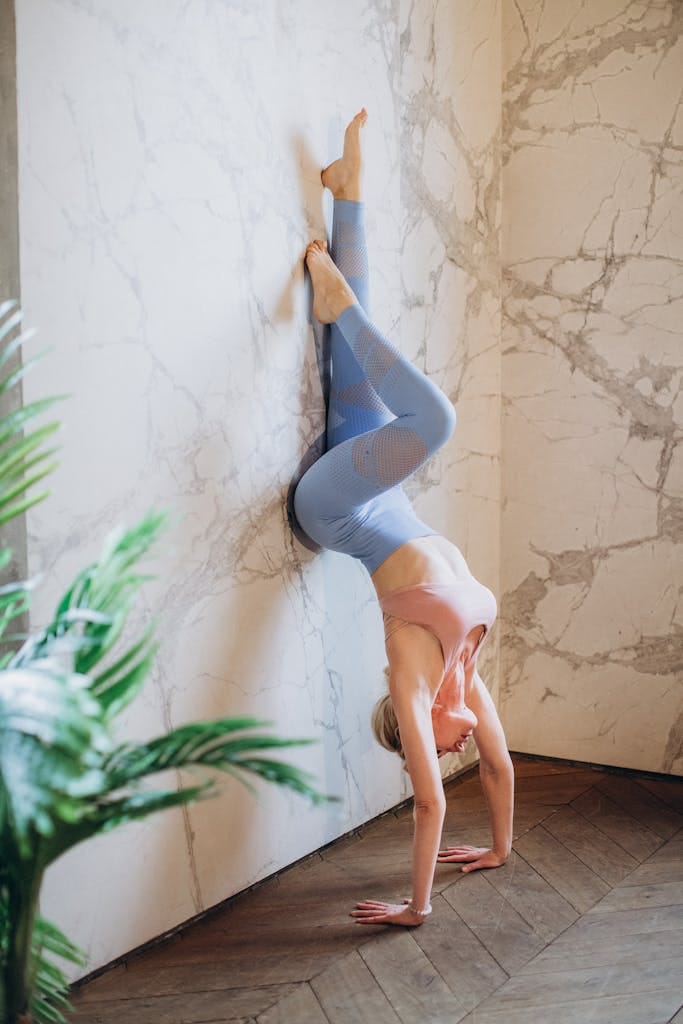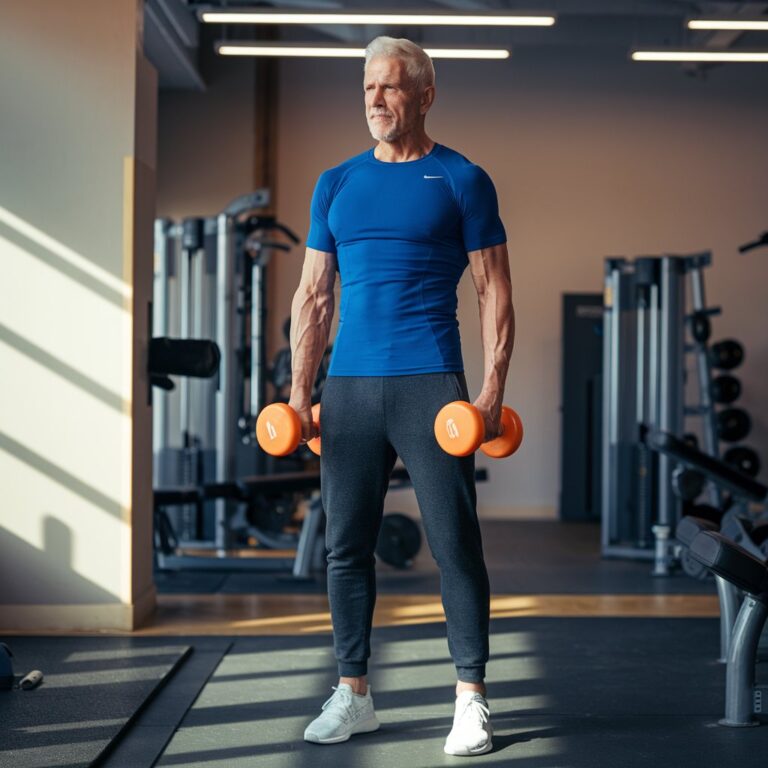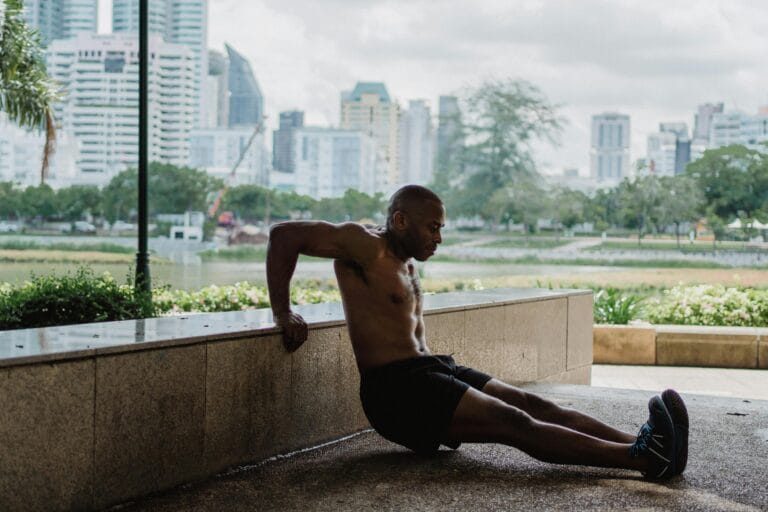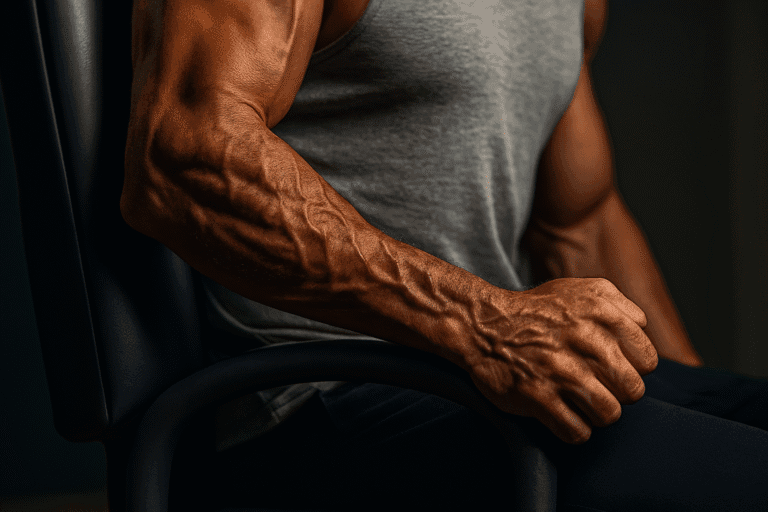FREE SHIPPING OVER $50
Stronger Runs Start Here: A Physical Therapist’s Wall Workout for Runners
Running is one of the most accessible and effective forms of exercise, but without proper strength training, runners are at risk of injuries, imbalances, and plateauing performance. The good news? You don’t need heavy weights or gym machines to build strength. A simple wall-based workout can help you improve stability, endurance, and running efficiency.
In this article, we’ll dive into why strength training is essential for runners and walk you through an expert-approved wall workout that will make you a stronger, faster, and injury-resistant runner.
Why Strength Training Is Essential for Runners

Many runners focus solely on logging miles, but strength training plays a crucial role in improving performance, endurance, and injury prevention. Here’s why every runner should incorporate strength exercises into their routine:
- Improves Running Economy – Stronger muscles require less effort to maintain pace.
- Enhances Stability & Balance – Strengthening key muscle groups prevents wobbly form.
- Reduces Injury Risk – Weaknesses in the core, hips, and legs lead to overuse injuries.
- Boosts Speed & Power – Stronger legs generate more force for quicker strides.
- Supports Proper Posture – A strong core and back help maintain good form, even on long runs.
And the best part? You don’t need a gym. Just a wall and your body weight can create an effective strength workout tailored for runners.
The Physical Therapist-Approved Wall Workout for Runners
This simple wall-based workout targets key muscle groups that support your stride, endurance, and stability. Perform each move for 30-45 seconds, resting 15-30 seconds between exercises. Complete 2-3 rounds for a full workout.
1. Wall Sit with Calf Raise
Targets: Quadriceps, glutes, calves, and core
- Stand with your back against the wall and lower into a 90-degree squat.
- Engage your core and lift your heels, coming onto the balls of your feet.
- Lower back down and repeat.
Why it works: This move strengthens your quads, glutes, and calves—essential muscles for absorbing impact and maintaining running efficiency.
2. Wall Marches for Core Stability
Targets: Hip flexors, core, and balance muscles
- Stand facing the wall with your palms pressed against it.
- Lift one knee toward your chest, hold for a second, then lower.
- Alternate legs while keeping your core engaged.
Why it works: Strengthens the hip flexors and core, which are crucial for knee drive and stability while running.
3. Wall-Assisted Single-Leg Squat
Targets: Glutes, hamstrings, quads, and ankle stability
- Stand with your back against the wall and one foot slightly forward.
- Slowly lower into a single-leg squat, keeping your weight centered.
- Push back up and switch legs.
Why it works: Builds unilateral leg strength to correct muscle imbalances and prevent injuries.
4. Wall Plank with Shoulder Taps
Targets: Core, shoulders, and posture muscles
- Start in a plank position with your feet pressing against the wall.
- Lift one hand to tap your opposite shoulder, then switch.
- Keep your hips and torso stable.
Why it works: Engages your core, shoulders, and stabilizers, helping you maintain better running posture.
5. Wall Glute Bridges
Targets: Glutes, hamstrings, and core
- Lie on your back with your feet pressing against the wall.
- Lift your hips towards the ceiling, squeezing your glutes at the top.
- Lower back down and repeat.
Why it works: Strengthens the glutes and hamstrings, which play a crucial role in running power and reducing knee pain.
6. Wall Hip Openers
Targets: Hips, inner thighs, and mobility
- Stand sideways next to a wall and place your hand on it for balance.
- Lift one knee to hip height, then slowly open it outward and back in.
- Switch sides after 10-15 reps.
Why it works: Improves hip mobility and flexibility, reducing tightness from long-distance running.
7. Wall Calf Stretch
Targets: Calves and Achilles tendon
- Place your hands against the wall and step one foot back.
- Press the back heel into the floor, stretching the calf.
- Hold for 20-30 seconds, then switch sides.
Why it works: Loosens tight calves and Achilles, preventing stiffness and injury.
How to Incorporate This Workout into Your Routine
To get the best results, add this workout 2-3 times per week alongside your running schedule. It’s perfect for:
- Pre-run activation – Do one round before heading out to wake up your muscles.
- Post-run recovery – Helps with cooling down and mobility after a run.
- Cross-training days – A great way to build strength without excessive impact.
Additional Tips for Runners
To maximize your performance, combine this wall workout with:
- Proper warm-ups – Dynamic stretches to prepare your muscles.
- Good running form – Keep an upright posture and engage your core.
- Adequate recovery – Prioritize sleep, hydration, and stretching.
- A balanced diet – Fuel with protein, healthy fats, and complex carbs.
Final Thoughts
If you want to run stronger, prevent injuries, and boost endurance, strength training is non-negotiable. And as this physical therapist-approved wall workout proves, you don’t need fancy equipment or a gym membership to build power and stability.
Try adding this quick but effective routine to your weekly training, and watch your running improve—one step at a time!
Related Articles
- The Best Dumbbell Back Exercises: The Only 7 Moves You Need for Strength & Size
- Best Rear Delt Exercises with Dumbbells: A Complete Guide
- The 10 Best Deltoid Exercises for Building Stronger Shoulders
- The 10 Best Plyometric Exercises for Explosive Strength and Speed
- Muscular Endurance Exercises: Boost Your Stamina & Strength



